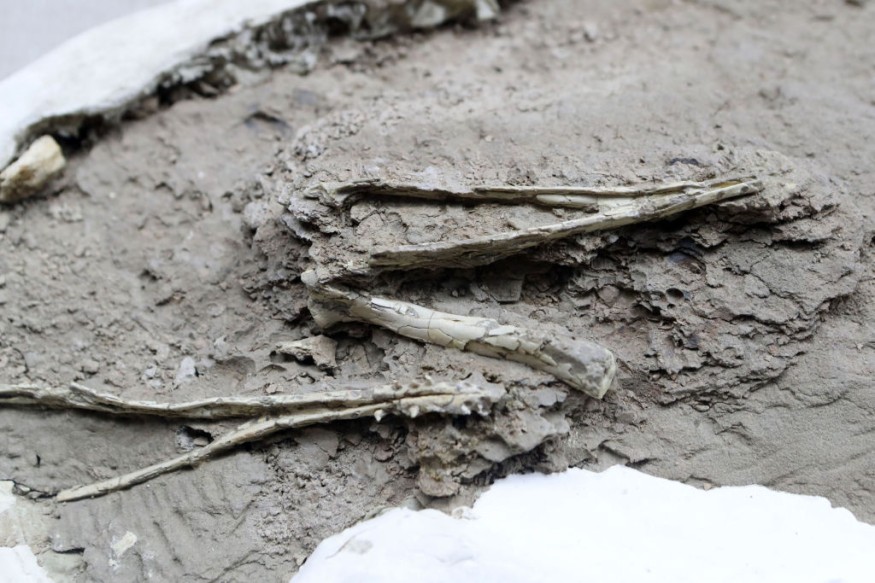A pterosaur dinosaur fossil, perfectly preserved in Scotland, UK, was discovered by paleontologists.
The skeleton of the prehistoric flying dinosaur was found in the Isle of Skye, according to scientists on Tuesday, Feb. 22.
The discovery was published in a recent study, which indicated that the fossil size belonged to a new genus of the pterosaur dinosaurs from the Middle Jurassic era of Scotland.
A rich fossil ground for ancient animals, the discovery of the pterosaur fossil adds to Scotland's geological heritage.
Discovery of the Pterosaur Fossil

The fossil was first discovered in 2017 by a Ph.D. student named Amelia Penny during a field trip on the island.
Penny noticed the jaw bone of the pterosaur from the rocks.
The discovered pterosaur fossil in Scotland is considered to be rare due to its quality.
Furthermore, the discovery is the most significant in the UK since the early 1800s when renowned fossil hunter Mary Anning unearthed several dinosaur fossils in southern England, according to Steve Brussete, a paleontology professor at Edinburgh University, cited by Phys.org.
The fossil dated back to the Jurassic Period 170 million years ago.
Based on the discovery, the pterosaur, also known as pterodactyls, is the largest among its winged reptile dinosaur kins found during its time.
The pterodactyls had a wide wingspan reaching up to 2.5 meters (8.2 feet), similar to the albatross.
Publication of Findings
In spite of being discovered in 2017, an official study and research of the discovered dinosaur fossil were only published on Feb. 22 under the journal Current Biology.
The material highlighted the large pterosaur during the Middle Jurassic Period in Scotland.
Furthermore, the study indicated that the discovered fossil belongs to a new pterosaur genus.
Scientists believe this is the case since they based it on the discovered pterosaur's fossil size, which is already large even though the dinosaur is not fully grown yet when it died 170 million years ago.
Rich Fossil Grounds of Scotland
According to the Scottish Geology Trust, Scotland consists of a rich geological heritage for fossils of ancient animals spanning millions of years ago, including those from the Jurassic Period.
Scotland's coastal areas also offer a great site for hidden fossils under the rocks.
The variety of fossils found in Scotland ranges from plants and animals. Some of the discovered fossils reported by the Scottish Geology Trust in Scotland from the Jurassic era are the following:
- Ancient ammonites - Ammonite fossils from the Jurassic era are one of the most popular ancient relics found across Scotland, notably from the Inner Hebrides to the Black Isle.
- Dinosaur fossils - Well-preserved bones and footprints of dinosaurs from the Jurassic era indicate the abundance of thriving dinosaurs on the Isle of Skye.
- Extinct oysters - The west coast of Scotland once housed the habitat of now-extinct ancient oyster shells, also called Gryphaea or devil's toenails.
The discovery highlights not only the rich fossil grounds in Scotland but also in other parts of the United Kingdom. This also means that further unearthing of dinosaur fossils and other animals is likely in the long-term future.
© 2025 NatureWorldNews.com All rights reserved. Do not reproduce without permission.





